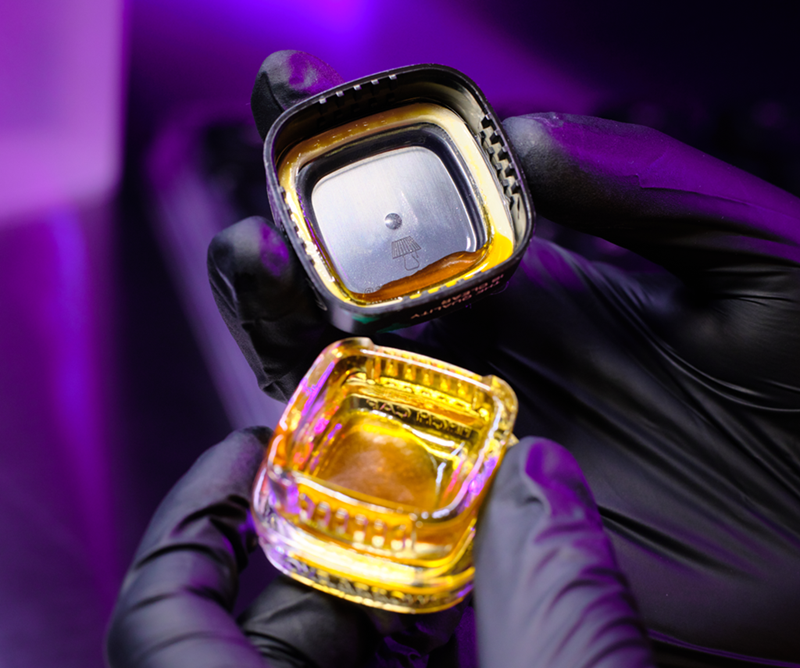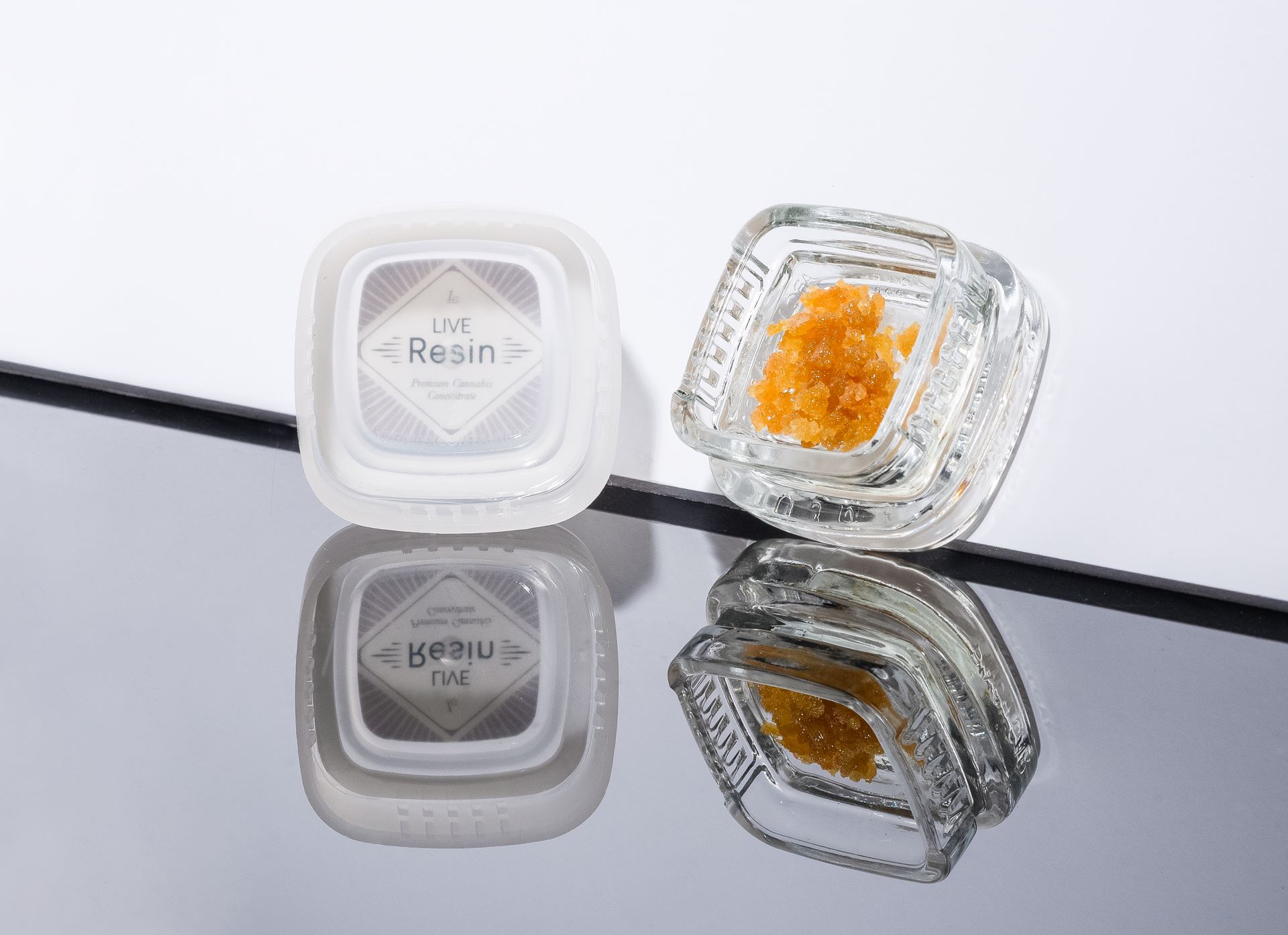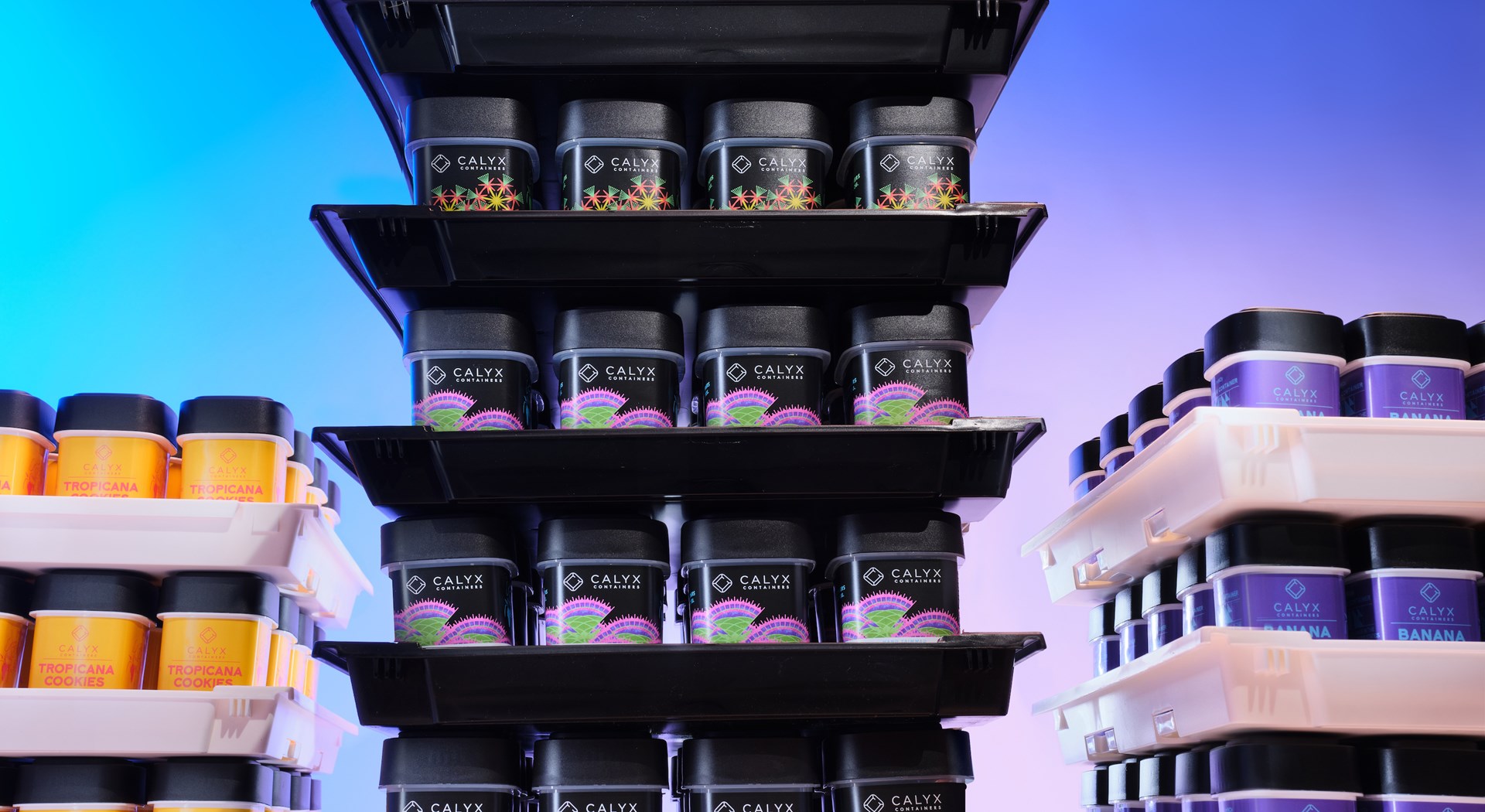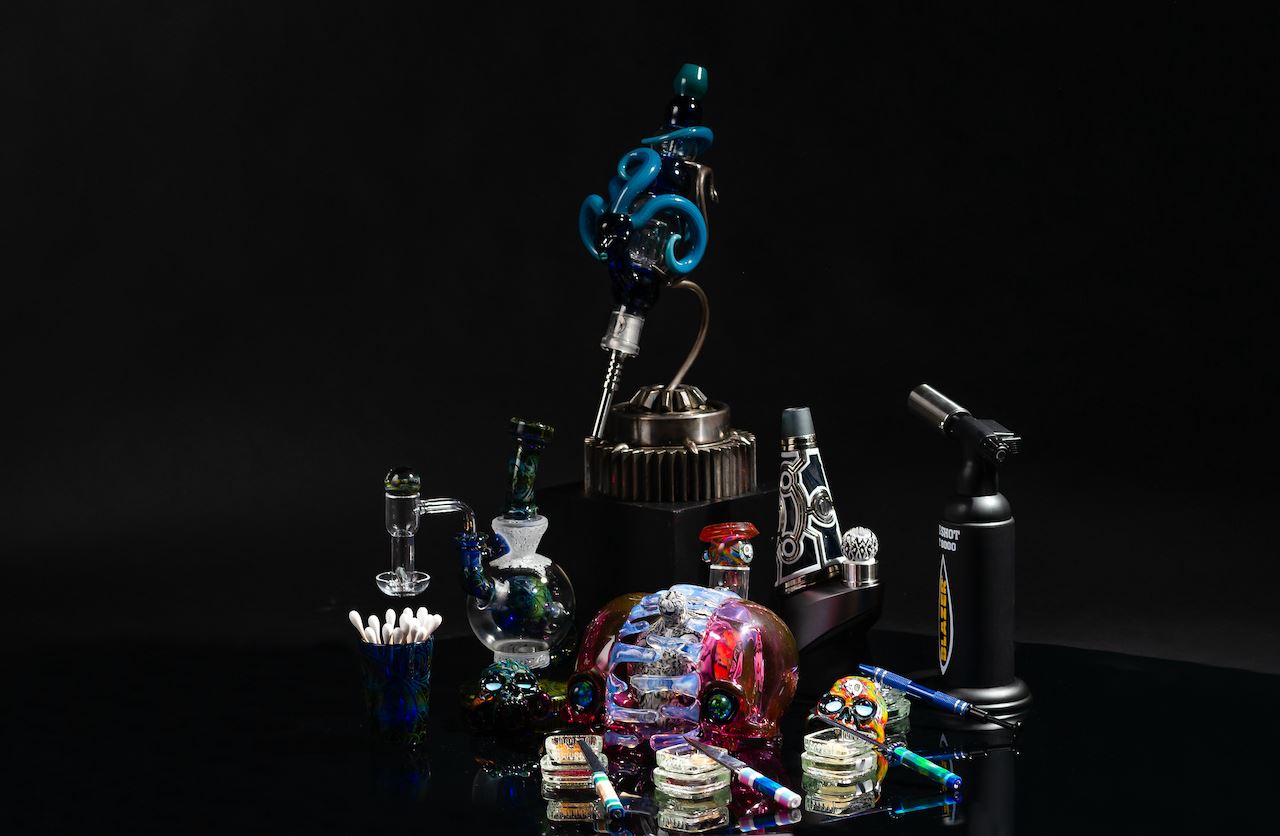
Level Set: Terpene Retention and Testing
Our Product Testing Manager, Tobe, has been waiting years for people to be this excited about packing performance. Welcome to the conversation. Let's talk testing!
Stay in touch!
Join our email list to receive Calyx content & product updates.
By Calyx Containers in Cannabis Packaging
At Calyx, we understand the importance of retaining and preserving terpenes for cannabis producers and consumers. That's why we have spent years testing our products and designing them to not only retain terpenes effectively but also protect against rapid degradation caused by UV light and reactive oxygen exposure. Welcome to the conversation. Let's talk testing!
We want our products to be tested
We love that we have seen an uptick of customers and non-customers experimenting and testing our concentrate containers. However, we do feel strongly that these studies should be conducted with utmost care to properly diagnose packaging seal performance. It is extremely important to maintain good experimental practice and methodology to obtain the best, and most accurate, data possible.
In light of tests being performed by others in our industry to understand cannabis packaging’s ability to protect volatile Terpenes, our team would like to ensure everyone has access to the right information and assistance to design their own protocols at home or in a lab environment.
The team at HashTek, a manufacturer of stainless steel hash extraction equipment, recently performed a “VOC Loss” experiment, to understand which concentrate containers are most resistant to the loss of terpenes. To provide context and understanding of their methods and subsequent results, our team has a few points of contention and recommendations for improvement.
Understanding the "VOC Loss" Experiment: Quantifying Terpene Escape
A "VOC Loss" or Terpene Vapor Transmission Rate (TVTR) Test aims to measure the rate at which volatile Terpenes escape from a container assembly. This data is crucial in determining a container's efficacy in retaining Terpenes and estimating the shelf life of a product where Terpene content is vital. To ensure accurate results, the test should always be conducted using an isolated terpene solution and containers filled to maximum capacity. A precision lab balance with at least 0.001g precision should be used, and the containers should be kept in a stable environment for the duration of the testing.
Considerations Beyond TVTR: Uptake and Quantification
While the TVTR test is effective in quantifying Terpene escape, it does not account for all variables that affect a container's ability to preserve Terpenes. For instance, it doesn't measure the rate at which Terpenes are absorbed into the container materials. Plastics and rubbers can absorb VOCs, essentially removing Terpenes from the packaged product. To analyze these variables, additional methods such as Terpene Uptake (measuring VOC absorption by container components) and Terpene Quantification (Third-Party Lab Analysis over time) are necessary.
Recommended Improvements to the HashTek Experiment
Filling Methodology
When performing TVTR with different container types and sizes, it is of the utmost importance to fill each container to the maximum filling capacity. Variable amounts of headspace in a container result in dramatically different levels of exposure to the sealing surface area. To accurately measure TVTR, the isolated terpene solution must have maximum contact with the gasket and/or sealing area to mitigate variance associated with a saturated headspace. This method avoids error due to eye-balling, volume variation, and incorrect reporting of maximum filling capacity across all container types and styles. Using a variable filling method has shown errors up to, or greater than, +/- 200%.
Alcohols vs Terpenes
While Isopropyl Alcohol and Terpenes are both “VOCs”, they share very few commonalities. A Volatile Organic Compound is any carbon-based compound that exhibits high vapor pressure and low water solubility, but not all VOCs are alike. Terpenes are categorized as a class of molecules called “Non-Polar Aliphatic Hydrocarbons”, while Isopropyl Alcohol is categorized as a “Polar Secondary Alcohol”. These two compounds have very different levels of volatility and vapor pressure and act as selective solvents on completely different types of compounds. Barrier materials that are effective against Terpenes may prove ineffective against Isopropyl Alcohol, and vice versa. Due to these differences, Isopropyl Alcohol is a poor substitute for Isolated Terpenes and will experience vastly different effects in a packaging environment.
Uptake vs Loss
Not only is the rate at which Terpenes escape important for analysis but also is the rate at which plastics and rubbers absorb Terpenes from a packaged product. Regardless of whether VOCs are lost to the environment or absorbed by container materials, the packaged product still experiences a net loss of Terpene concentration. The Calyx FEP Liner exhibits extremely high resistance to Aliphatic Hydrocarbon exposure, resulting in a consistent rate of zero uptake into container components. However, liners that contain a foam backing or less effective barrier materials have a high likelihood of absorbing Secondary Alcohols & Aliphatic Hydrocarbons. In the latter cases, overall weight during experimental storage may decrease only slightly, while the weight of the lid + liner components may see a weight increase. This process results in a very low TVTR value but is ultimately a poor indicator of a container’s ability to keep VOC content high in a packaged product.
“VOC” Retention vs. Cannabis Preservation
While Terpene retention is of prime concern for many producers and consumers, the importance of proper cannabinoid preservation should not be overlooked. Due to the large difference in size, volatility, and degradation rate between Terpenes and Cannabinoids, one metric cannot prove efficacy in cannabis preservation without the other. Container micro-environments that exhibit good seal quality in regards to Terpenes may exhibit poor seal quality in regards to Oxygen intake (a significantly smaller molecule). The best method of preserving cannabis concentrates is found when both of these variables are being controlled, not one or the other. Containers that prioritize only Terpene retention may result in a saucy product, full of undesirable cannabinoid degradation products, while containers that prioritize only Cannabinoid preservation may result in full retention of the original cannabinoid profile with very little smell or taste. Thus, a middle ground must be struck when performing experimental testing to fully understand the best products for your concentrates.
One of the most consistent methods for holistically evaluating cannabis packaging is testing Moisture Vapor Transmission Rates using USP 671 Methods 1-8, which offer the gold standard of analysis. All of these associated methods tell us how well a container preserves its internal micro-environment by evaluating the rate at which liquid or gas is exchanged within it.
When it comes to MVTR, smaller values equal a higher performing container. Many concentrate containers found across the cannabis industry claim to offer an “air-tight” seal, even without standardized testing methodology to back up their claims. Competitive containers rely on terms which cannot be proven through third-party testing, but the difference in quality is clear once we perform Moisture Vapor Transmission Rate Testing.

Let's keep the conversation going
Our Product Testing Manager, Tobe, has been waiting years for people to be this excited about packing performance and our team is looking forward to collaborating with HashTek and others to see how we can help them improve their test to eliminate many of the variables. We simply want to ensure that we’re all speaking the same language to make sure that we’re comparing greens to greens when discussing product performance metrics. If you're curious about any of this information, please don't hesitate to reach out to us to keep the conversation going.
You can also learn more about our MVTR and Vaccum Burst Testing here.


